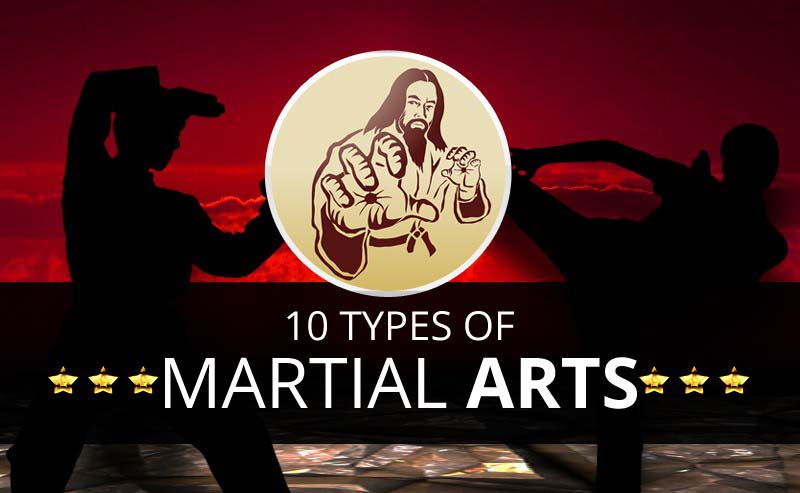The Advancement And Historical Importance Of Martial Arts Throughout Different Cultures
The Advancement And Historical Importance Of Martial Arts Throughout Different Cultures
Blog Article
Short Article Written By-Stevenson Matthews
Martial arts have an interesting background that covers centuries and continents. please click the next web page might discover it intriguing how old practices like Shuai Jiao and Kalaripayattu prepared for contemporary battle methods. These techniques not only emphasize physical abilities however additionally show the societies that birthed them. As you discover their development, think about just how globalization has actually changed these conventional types into crossbreed styles. What influences do you think have shaped today's martial arts landscape?
Ancient Martial arts: The Structures of Battle
As you delve into the world of old martial arts, you'll find the abundant structures that formed fight techniques across cultures. martial arts weapons concentrated on Self-Defense and survival, often including strikes, hurting, and weaponry.
In old China, for instance, methods like Shuai Jiao highlighted throws and joint locks, while India's Kalaripayattu showcased dexterity and liquid activity. Japanese samurai developed Kenjutsu, a refined swordsmanship that highlighted discipline and approach.
These martial arts offered not just for fight however likewise as a means of personal development, instilling worths like regard and determination. The blending of these strategies in time laid the groundwork for the diverse martial arts you see today, each mirroring the special approaches and needs of its culture.
The Cultural Influence on Martial Arts Growth
While martial arts usually show the functional needs of a society, they also personify the social values and ideas of their beginnings. When you explore various martial arts, you'll see how they're affected by religion, ideology, and social norms.
For example, the emphasis on regard and discipline in Japanese martial arts originates from Zen Buddhism and samurai society. On the other hand, Brazilian Jiu-Jitsu promotes versatility and approach, shaped by the need for performance in a diverse, modern atmosphere.
You might find that the routines, uniforms, and training methods mirror a neighborhood's history and identification. By comprehending island style kajukenbo , you strengthen your admiration of martial arts and their function fit human experiences around the world.
Modern Adaptations and the Globalization of Martial arts
Martial arts have changed significantly in recent decades, adjusting to modern culture and international influences. You'll notice that typical kinds have combined with modern techniques, producing hybrid styles like mixed martial arts. These adjustments deal with diverse audiences, making martial arts easily accessible and enticing around the world.
With the increase of social networks and electronic systems, you can find tutorials and competitions from all edges of the world, damaging geographical barriers. This globalization has caused a shared recognition for numerous techniques, from Brazilian Jiu-Jitsu to Taekwondo.
As you engage with these arts, you'll realize they're not just about fight; they promote health and fitness, discipline, and psychological well-being.
Ultimately, modern-day adaptations have actually improved the martial arts landscape, making it a dynamic and advancing method.
Verdict
In discovering the history and development of martial arts, you reveal an interesting mix of strategies, societies, and ideologies. From old disciplines like Shuai Jiao and Kalaripayattu to the modern-day adaptability seen in MMA, martial arts mirror humanity's quest for Self-Defense and personal development. As you engage with these practices, you not only gain skills but also a deeper appreciation for the diverse traditions that shape our globe today. So, continue your journey and welcome the art of battle!
